

Uh oh...
It appears that you're using a severely outdated version of Safari on Windows. Many features won't work correctly, and functionality can't be guaranteed. Please try viewing this website in Edge, Mozilla, Chrome, or another modern browser. Sorry for any inconvenience this may have caused!
Read More about this safari issue.

Franklin D. Roosevelt’s New Deal provided funding to build small farming communities throughout the United States, including a dozen or so here in Arkansas. The communities provided their residents with land, homes, farms, jobs and education. They were designed to provide economic recovery to families and communities struggling due to the Great Depression. The success of the communities varied, but the Dyess Colony in Mississippi County and Clover Bend in Lawrence County were among the most successful.
The Dyess Colony garners a lot of attention, primarily because it was the boyhood home of the legendary musician Johnny Cash. Dyess was a success because most of its residents eventually could pay off the federal loans on their farms and became independent farmers. The colony stopped recruiting families in 1936, although this did not signify the end of the New Deal programs.
That same year, several smaller programs throughout Arkansas were just getting off the ground, including the Arkansas Delta Farms project, which built five farming communities – two for black families and three for white families, among them Clover Bend. Clover Bend eventually housed 85 families on 4,995 acres, a relatively small community compared to the Dyess Colony, which consisted of 300 families on 17,500 acres.

Clover Bend, Lawrence County’s oldest settlement, began as a farming settlement in the 1820s and served as a popular landing for steamboat traffic along the Black River. By the 1840s, Samuel Robinson, who owned most of the land, turned Clover Bend into a thriving cotton plantation that served briefly as the county seat before it moved to Powhatan. When Robinson died, the plantation went to his daughter and son-in-law, J. Henry Dowell, who sold a portion of the plantation to their land manager, Frank W. Tucker, and eventually lost the remaining portion when he wagered it during a card game.
After suffering crippling debt due to the Great Depression, Tucker sold the property to his land managers in 1936, who then sold it to the federal government later that year, allowing Clover Bend to be a New Deal farming resettlement community.
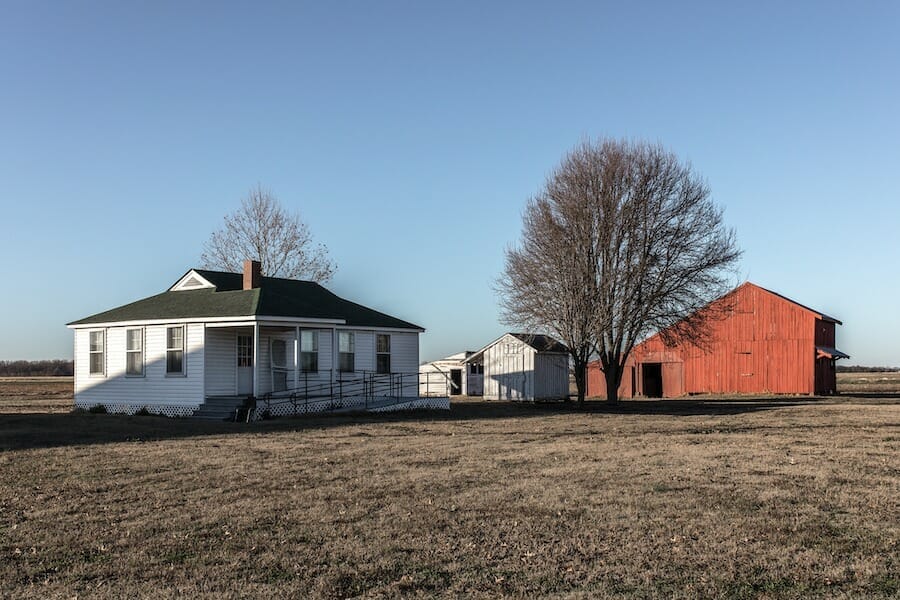
The acreage in Clover Bend was divided into 85 land plots ranging from 45 to 65 acres. It came with a house, barn, chicken coop, smokehouse, garden, toilet and additional buildings as needed depending on each farm’s needs. Crop diversification was encouraged, and Clover Bend farmers raised everything from cattle and hogs to hay and cotton.
The Clover Bend project was considered one of the most successful in the state and the country. Most of the families chosen were already familiar with the land and best practices for farming them. But likely, what truly made the project thrive was the sense of community that was made possible by the building of the Clover Bend School District.
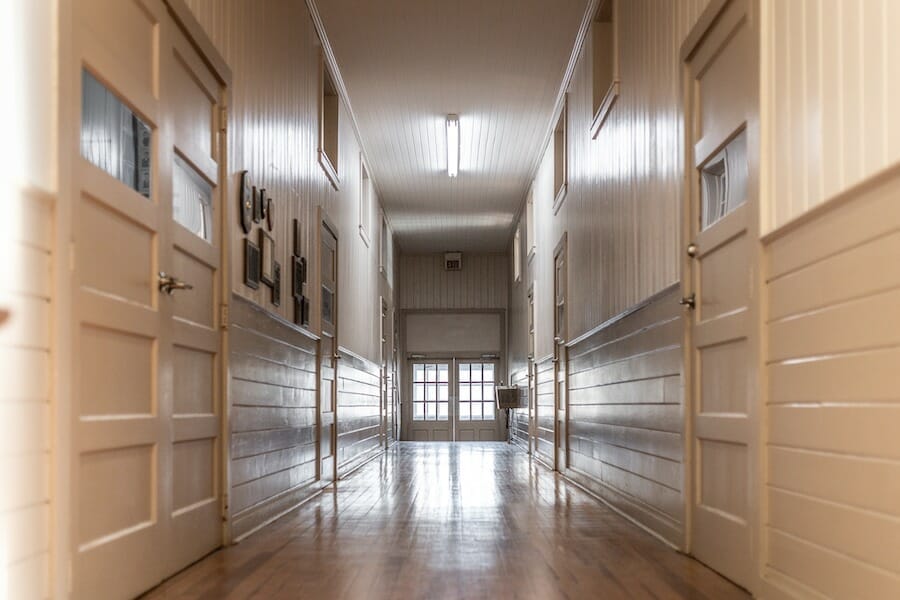
The community built the school complex in 1937 to serve the families of Clover Bend and Arbor Grove, Minturn, Counts and Coffman. A one-story high school, agricultural building and home economics cottage were the first to be constructed, followed a year later by the elementary school, gymnasium, cafeteria and two houses for administrative staff. The complex was called the Clover Bend Community Center and still serves as a gathering place for the community today.
The community center was a lifeline not just for the community’s children but for its residents. The school became a place where the community gathered for sporting events, picnics, plays and musical performances. It was a place where friends and family could join together for fun and fellowship.
Although the school closed in 1983, the community did not want to lose the linchpin that had held it together for so long and formed the Clover Bend Historic District to preserve this important history. Over the years, restoration projects have brought the buildings back to their former glory and allowed visitors to step back in time to the post-Depression era in Northeast Arkansas.
The district sees about 3000 visitors yearly, with most coming for the weekend-long Clover Bend Memorial Day Reunion. This special event celebrates the community and those who lived there and attended school in Clover Bend. Enjoy food, fellowship and fun while you tour the facilities and experience what makes this community unique.
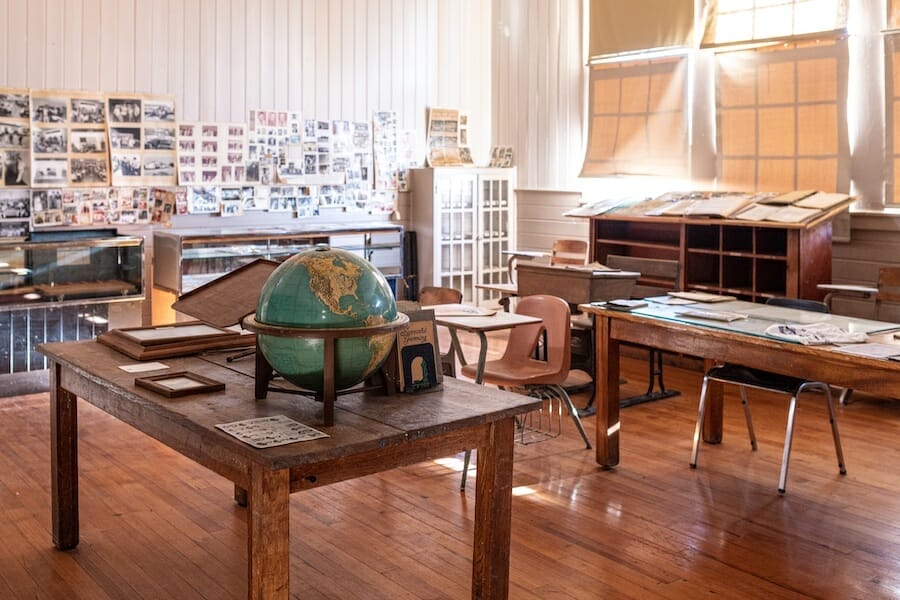
Clover Bend School House
Several Clover Bend School House classrooms have been restored to their historical appearance.
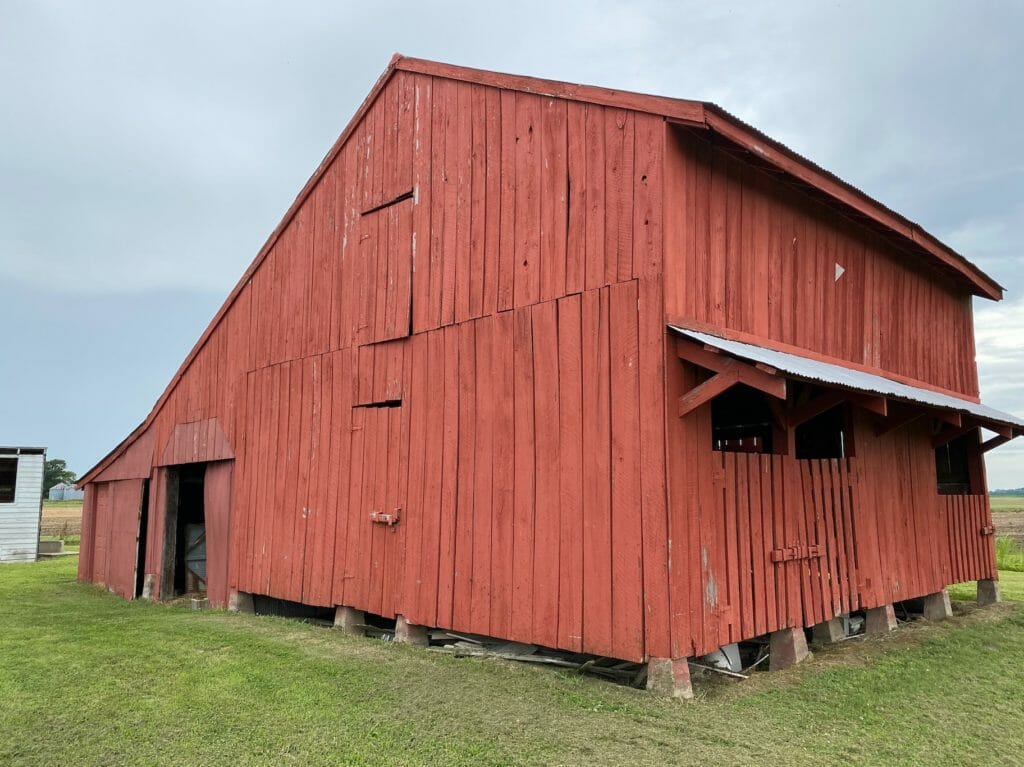
Historic Barn
This barn was relocated to the historic district after being donated by a local family. Barns like this one served participants in the Clover Bend Resettlement project.
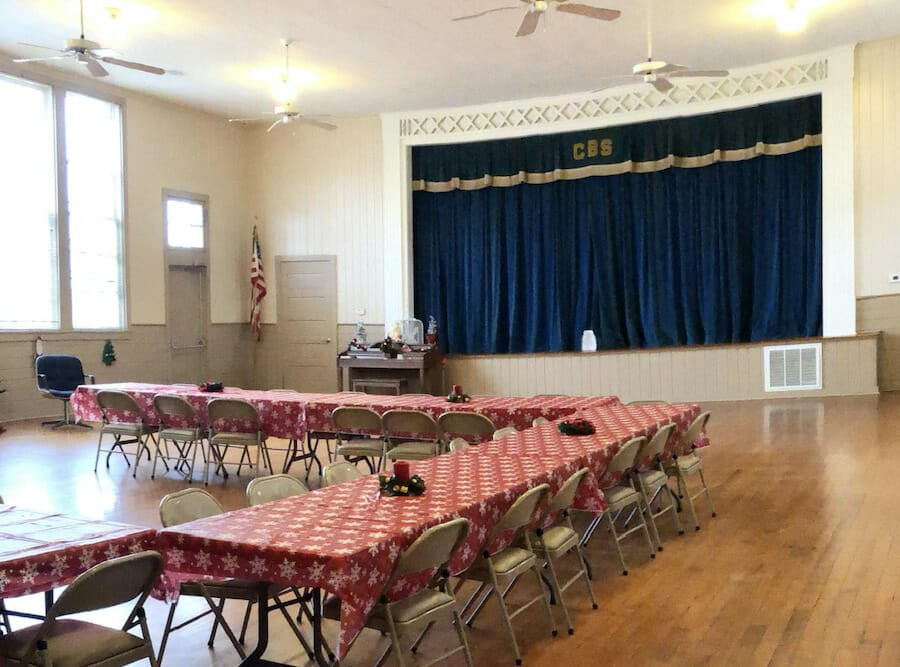
Auditorium
The Clover Bend Auditorium continues to be an essential place for the community to gather. The walls are covered with photos of Clover Bend graduates. The blue curtain which hangs over the stage is original.
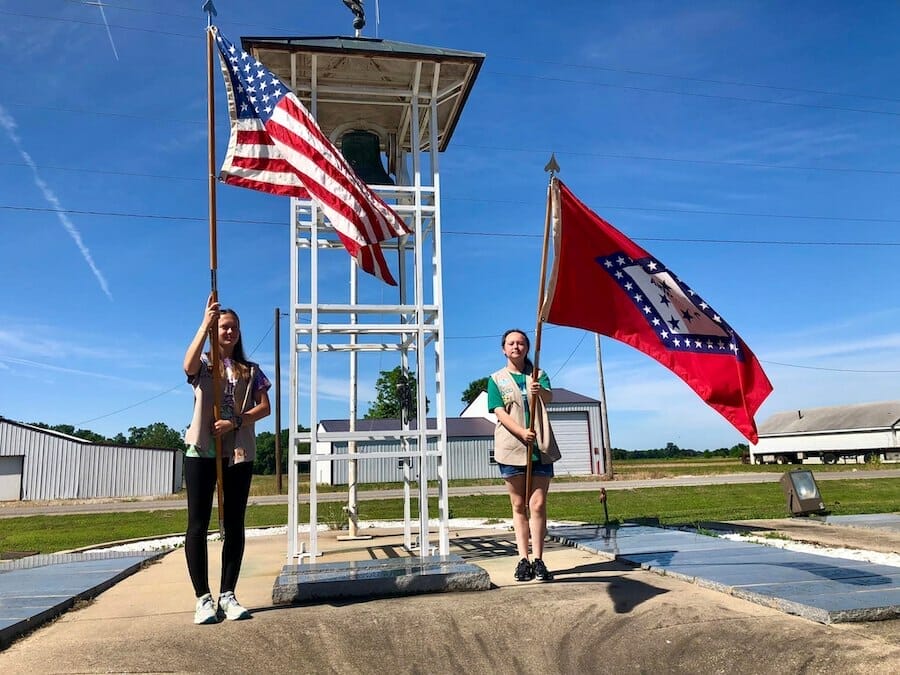
The Alice French Bell
The bell was cast in St. Louis in 1885 and shipped via riverboat to the plantation as a gift from residents F. W. Tucker, Jean Crawford and Alice French. French was a well-known novelist and fictional writer who penned under the name Octave Thanet. French and her partner Jane Allen Crawford lived in Clover Bend for nearly 15 years in an expansive three-story, fifteen-room house known as Thanford, where they often hosted parties and gatherings. Her stories depicted the lives of poor white and black farm families, often focusing on the women of the families.
The bell rings at the Clover Bend Memorial Day Reunion as a tribute to the contributions and dedication of Tucker, Crawford, French and all residents who have helped shape the community.
Visiting Clover Bend
While the grounds of Clover Bend are viewable at any time, the buildings are generally closed to the public, except for the Memorial Day Reunion. The building is available to rent for weddings, parties and other activities, and private tours can be scheduled by contacting the Clover Bend Historical Association.
Clover Bend Historical Association
P.O. BOX 672
Walnut Ridge, AR 72476
(870) 809-1456
Facebook
Photos courtesy of Clover Bend Historical Association. Professional photos shot by Caitlyn Lamoureux.
We do the work.
You check your email.
Sign up for our weekly e-news.
Get stories sent straight to your inbox!







Like this story? Read more from Julie Kohl
Clinton is a popular spot for Arkansans to refuel their cars and their...
Nestled in the heart of the Ouachita Mountains, Mount Ida proudly holds...
There’s something about reading outdoors that makes a good book even...
Join the Conversation
Leave a Comment